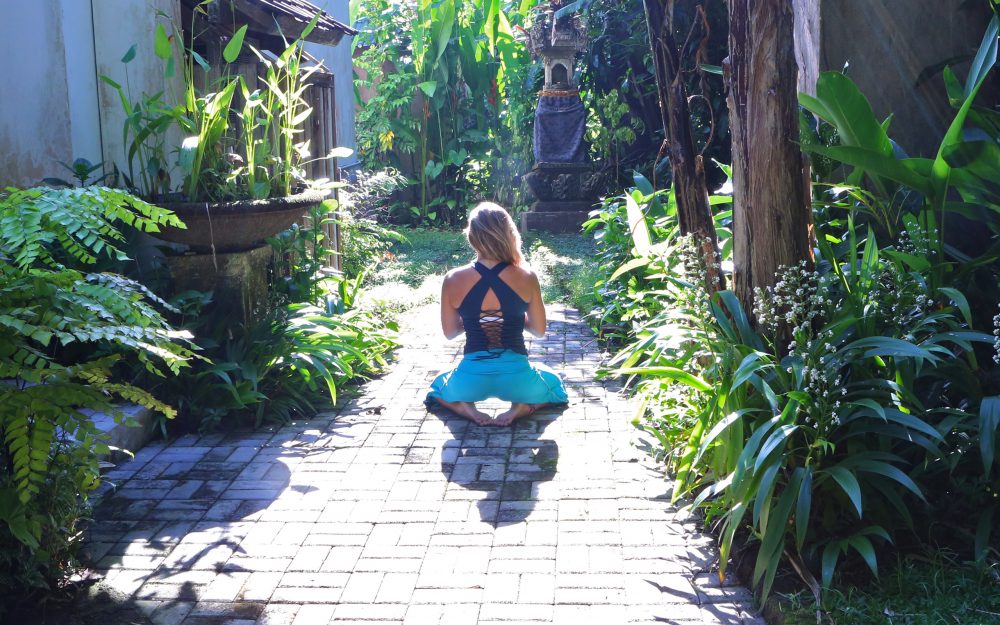
In any given day, you may go to work, get groceries, pick up your kids from school, make dinner, sweep the floor, fold laundry and more. And that’s just a weekday! Sound familiar? Chances are, you’ve done all those things, if not more, in the last 48 hours. Have you done anything for you? Life is as complex as ever and allows little, if any time for self-care and daily meditation.
The world has set high expectations for what you should be able to accomplish in a day and the pace is grueling. The demands of modern life often prevent us from taking proper care of ourselves, both physically and emotionally. Unfortunately, this includes seeking solace in meditation.
What did you do yesterday? Did you take time to meditate? If the answer’s no, you’re not alone. Many people struggle to set aside a few moments to quiet their mind and unwind from the rigor of the day. Daily meditation is a proven method to decrease stress and increase clarity, but there are so many things to distract you from getting on a schedule.
The thought of starting a daily meditation routine may be daunting. Where do you start? How do you choose a practice that will work for you? All though questions, and more are addressed here as we discuss 8 ways you can buck the busyness and get motivated to meditate today.
1. Recognize the Benefits – How Will Meditation Help?
The benefits of meditation are well-documented. According to the American Meditation Society, 30 years of clinical studies on meditation have consistently demonstrated that it:
- Normalizes blood pressure
- Improves immune function
- Slows aging
- Reduces anxiety and improves stress-related disorders
- Increases relaxation throughout the day
- Decreases insomnia
- Improves psychological health and self-esteem
- Lowers incidence of depression, anger and irritability
- Improves concentration
- Increases positive thinking
- Enhances creativity
- Facilitates psychological development (http://americanmeditationsociety.org/meditation/benefits/)
Many people pursue daily meditation to reduce stress. Stress can be a terrible distraction in life, but its side-effects are far more destructive than what many people realize. Stress increases the level of cortisol, a hormone, on our bodies. Excessive amounts of cortisol can wreak all kinds of havoc, including sleep disruption, increased anxiety, depression, increased blood pressure and decreased cognitive speed. Countless medical studies have demonstrated that daily meditation reduces stress and therefore, reduces cortisol levels.
In addition to reducing stress, meditation has the power to alter our physiological makeup. In 2008, the Journal of Alternative and Complementary Medicine studied adults with high blood pressure. Of the 60 participants, 40 were able to stop taking their blood pressure medication after establishing a daily meditation routine. When these participants were meditating, they could more easily relax. The feeling of relaxation increases the body’s production of a compound called nitric oxide. Nitric oxide causes blood vessels to open, allowing blood pressure to drop (https://www.huffingtonpost.com/2014/09/19/meditation-benefits_n_5842870.html).
Getting on a daily meditation schedule will also improve your self esteem and awareness. When you take time to quiet your mind, you can get to know who you are on an intimate level, fostering an appreciation for yourself that is otherwise difficult to achieve. It gives you an opportunity to fully examine who you are, which is so important when engaged in self-care.
A recent study examined the self-esteem levels of 21 women who were fighting breast cancer. It showed that those women who participated in a tai chi program has much higher self-esteem than their peers who had attended a social support group (https://www.researchgate.net/publication/8129703). This is interesting, because even though these women were facing a life-threatening illness, a regular meditation practice was still able to break through the barriers of self-doubt and increase their self-love.
The benefits mentioned are proven and tangible. But what about you? How will daily meditation benefit you? If you are unsure, think about the way you feel during and after meditation. Many people describe feelings of euphoria, clarity and focus during and after a successful meditation. Allow those good feelings, whatever they may be for you, to motivate you to stay the course and pursue meditation daily.
2. Consider Your Goals – What Do You Want to Accomplish?
What are you trying to do? Do you want to let go of a hurt? Are you trying to forgive someone? Do you want to become a better version of yourself? Maybe a combination of all four? There’s no wrong answer here, but you must consider what you want to know to determine how you will get there.
Your goal could be as broad as gaining enlightenment or as specific as wanting to show a certain person love. Take stock of your head and your heart to identify the areas that need some work. Without taking a personal inventory, it is difficult to determine your goals and how you will reach them. If you can’t pinpoint an area in your life that needs work, consider cultivating a greater sense of gratitude or grace – two things that you can never have too much of!
Meditation, when done properly, is powerful. It is strong enough to heal even the most hardened of hearts. Trust yourself and your practice to guide you down the right path to reach your goals.
3. Find the Right Practice – How Will You Reach Your Goal?
There are many, many types of meditation. And that’s a good thing, because one size does not fit all. In fact, ancient Buddhist tradition refers to meditation in the same way we refer to sports, as a group of activities, not a single activity itself.
Before diving into the myriad of meditation, look inside. Consider your character, where you are in life and your personal goals. Also think about what you want to get out of your meditation. These factors should be the guiding force behind choosing any type of meditation practice.
There are so many types of meditation to consider, they would be too numerous to detail here. However, if you are interested in learning more about different types of meditation, check out this article.
To get you started, here are 3 main types of meditation to consider:
i. Focused Attention
In this practice, you focus on a single object. It could be anything from a spot on the wall to a stripe in the rug. Some people choose to internalize an image, like a candle, or an intention or saying. Focused attention takes just that, focus, and may not be well-suited for someone who leads a busy life and struggles with stress. It is an effective strategy to enhance or develop characteristics, like generosity or compassion.
ii. Open Monitoring
The goal of this practice is to detach from your thoughts to objectively identify thought patterns and emotions. It is achieved through awareness of breath and passing thoughts. Open monitoring has been correlated to positive psychological and physiological outcomes, as well as aiding in reaching worldly goals, like a promotion at work.
iii. Automatic Self-Transcending
This one requires no concentration, just the repetition of a simple mantra. It could be as simple as, “I am free.” It is a soothing, rejuvenating practice that takes very little effort to do well. Many people who struggle with addictions and compulsions have success with this practice. It helps them retrain their brains and accept their new identity as a person free from those types of problems. It has also been shown to cause high levels of brain wave synchronicitywhich has been proven to relieve anxiety, high blood pressure, insomnia and migraines (http://www.mindbodygreen.com/0-12793/how-meditation-changes-your-brain-a-neuroscientist-explains.html).
4. Define your Space – Where Will You Practice?
Find a place to meditate. Your meditation place can be anywhere you choose, just as long as it is comfortable and free of distractions. It’s important to meditate in the same environment every day; it trains your brain to develop patterns and allows you to reach a meditative state faster.
If you have a spare room to use as a meditation room, great! If not, find a place in your home that makes you happy. It may be a guest bedroom, on your patio or in your sunroom, or perhaps next to a treasured piece of furniture or in your garden. Where ever you choose, make sure it’s a place where you can easily relax.
A word of caution: avoid transient places like cars or public spaces. Your car or a neighborhood park may be comfortable to you, but there are too many variables outside of your control. When you are in a space that you aren’t in full control of, distractions can (and will) easily arise.
5. Schedule the time – When Will You Practice?
If it’s not important enough to put on your schedule, then it’s not important enough for you to do, plain and simple. Get in the habit of considering your day, it may be the week before, the night before or the morning of, whatever works for you. Figure out when you will have spare time to practice and actually add it to your calendar.
Don’t get hung up on trying to find the same exact time to meditate every day. In fact, most people’s schedules simply do not allow them to practice at the same time daily. Each day is different, the important thing is that you look at what you have going on and choose a time that makes sense for you.
6. Do the Work – How Will You Practice?
Productive meditation doesn’t happen overnight. Once you’ve determined what practice will work best for you, set realistic expectation and follow through on your practice every day. For many, these expectations center around the amount of time spent truly meditating. Start small, with just a minute, and work yourself up at a reasonable pace.
It’s called a practice for a reason – you must practice.
7. Drop the Judgements – Just Be
Meditation isn’t easy. For many, not achieving the goals they set for their practice is a disappointment. It’s easy to turn that disappointment into judgement. Don’t fall into that trap. Accept yourself and your practice right where you are and trust that the practice will come (with practice).
If you struggle to stay connected, every time your mind wanders, give a smile. This serves as a gentle reminder that you owe yourself grace and should not give up on your practice. You may also want to meditate on the mantra, “just be.” It reminds us that we should just be where we are, accepting of ourselves without reservation.
Everyone who meditates struggles with focus; the fact that our minds wander is one of the many things that make humans great! Don’t punish yourself with judgement if your practice isn’t perfect. Remember, we do not meditate to become better at meditation, rather, we meditate to become the best version of ourselves.
8. Find the Best Version of You – Be Your Best Self
Sounds great, right? Who doesn’t want to be the best version of themselves? Daily meditation practice can take you there.
The benefits of meditation are well-known, but what it will do you and the people you love is another matter entirely. Consider what additional grace, understanding and clarity could do for you. Think about how it would impact the relationships with the people you love. Do you think you’d be a better wife and lover? A better mother and daughter? A better friend?
Daily Meditation enables you to fully examine yourself, from the inside out. Proper self-reflection inevitably leads to life change, allowing you to become the best possible version of you. When you are your best self, you give a gift to everyone around you. You are fulfilled and able to lavish love on others, a true feat in today’s impersonal world. If you are willing to do the work, daily meditation makes it possible.
When you think about the laundry list of things you need to accomplish in a day, adding meditation to your schedule may seem impossible. It’s not. Considering the benefits, and the simple steps you can take to do it well, it can easily become a top priority.
Are you tired? Meditate. Was your last shower three days ago? Meditate. Have you been working 12-hour days? Meditate. It won’t make your problems go away, but it will elevate your ability to cope and enhance your character.
Meditation isn’t easy, but life isn’t, either. You deserve this. You need this. Think about what you need (what you reallyneed) and make it happen through meditation. Set your goals, stay the course and see your life transformed by meditation.
If you’d like to dive further into your wellbeing and personal growth, download our Mindbliss Meditation App HERE from your iPhone/Android. We have a large and diverse range of 300 (and growing) quality meditations and are always hard at work curating the best ones for you. 🙂 We hope you love them. 💜
With Love,
The Mindbliss Team.




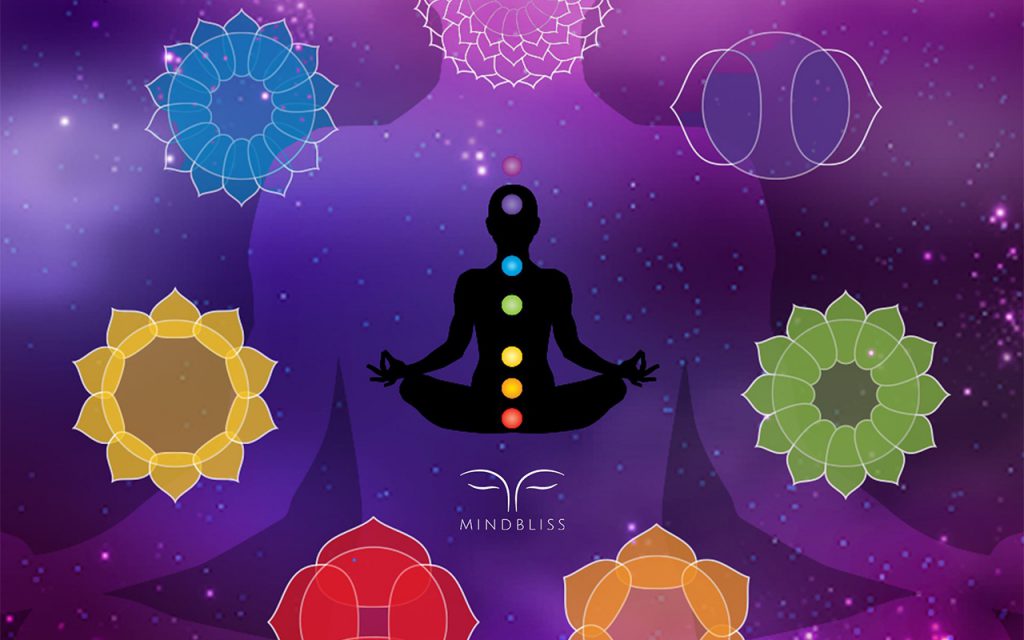
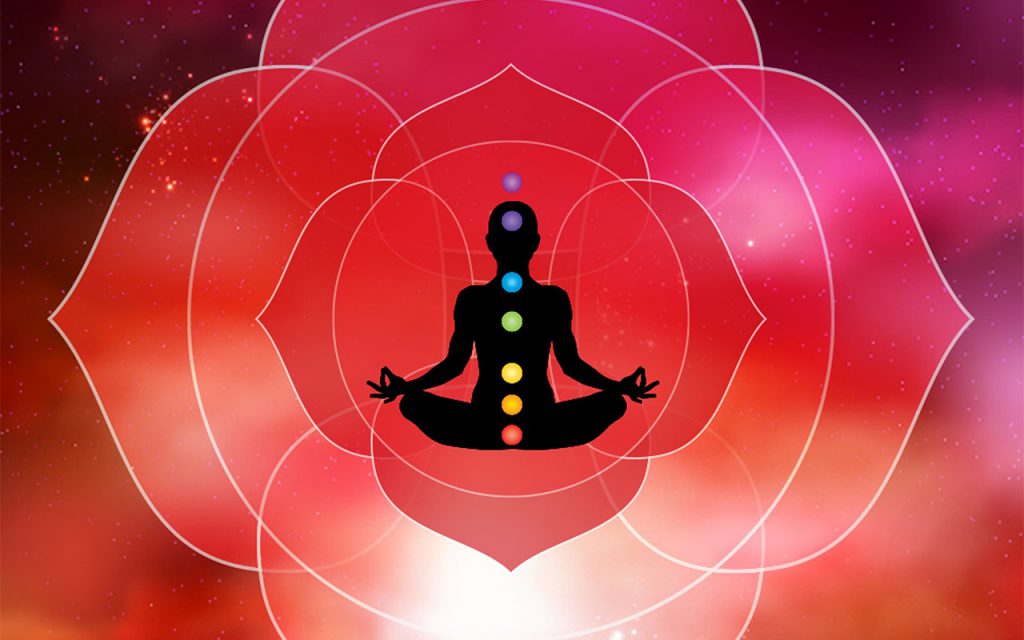
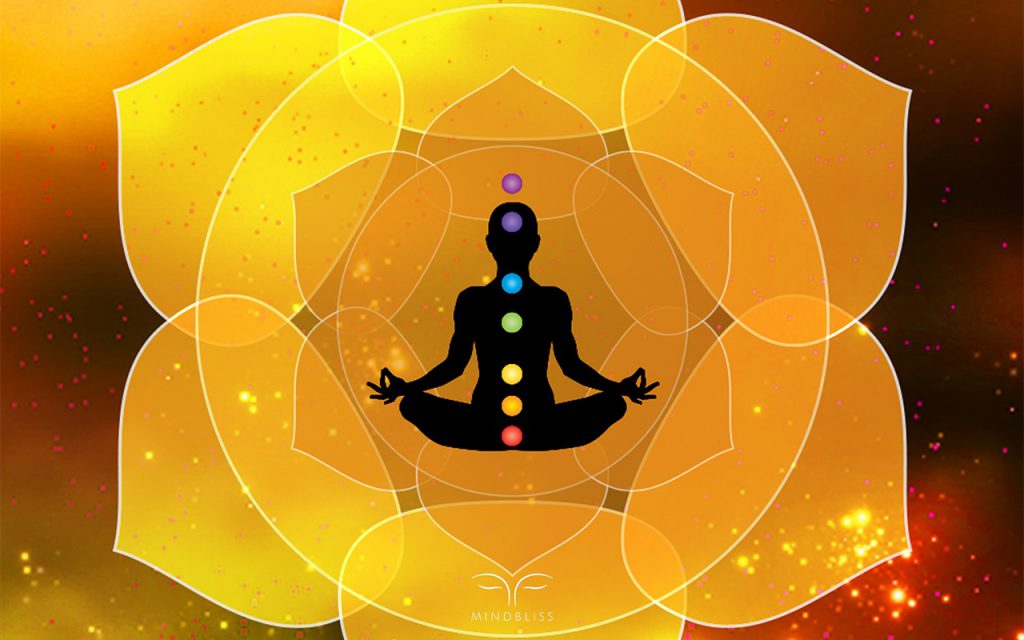
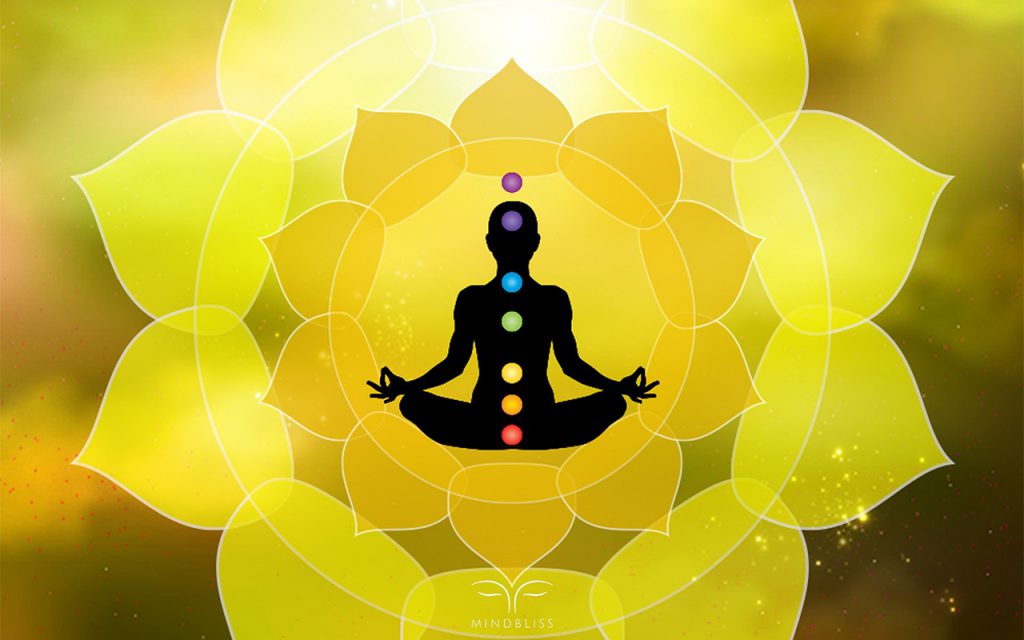
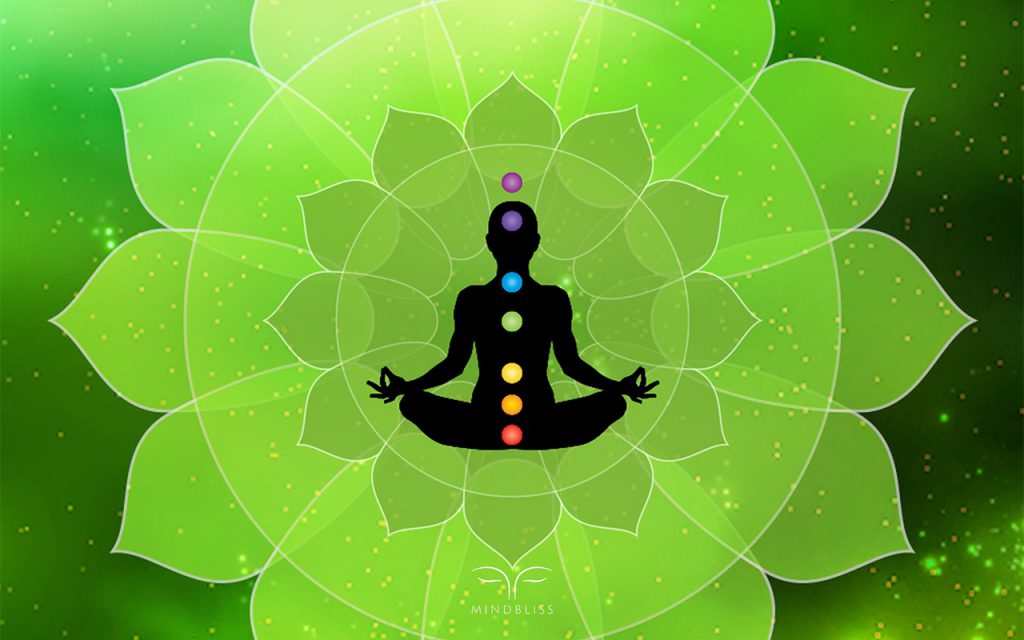
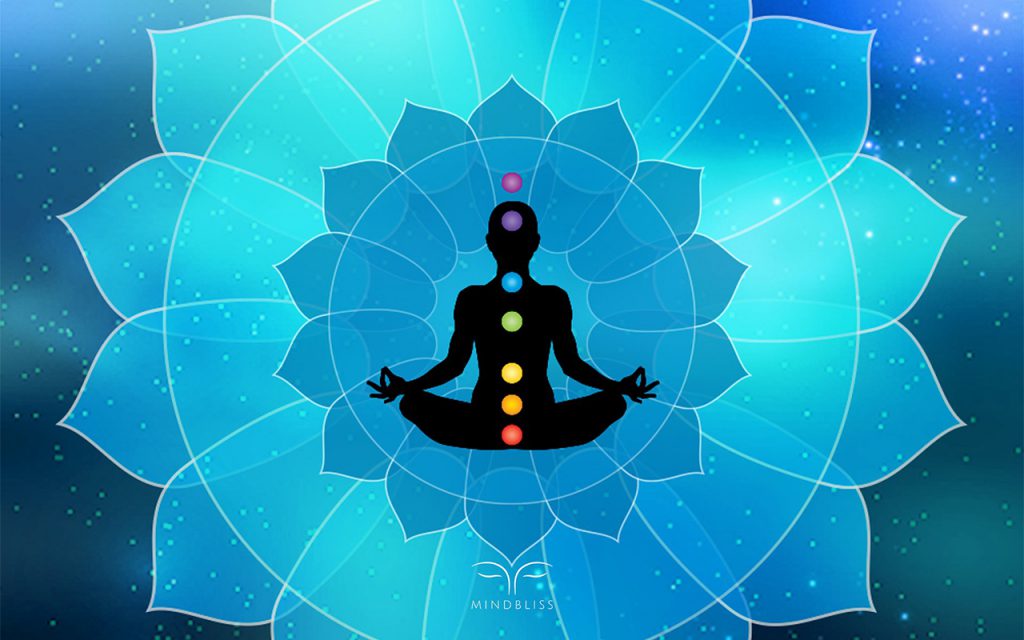
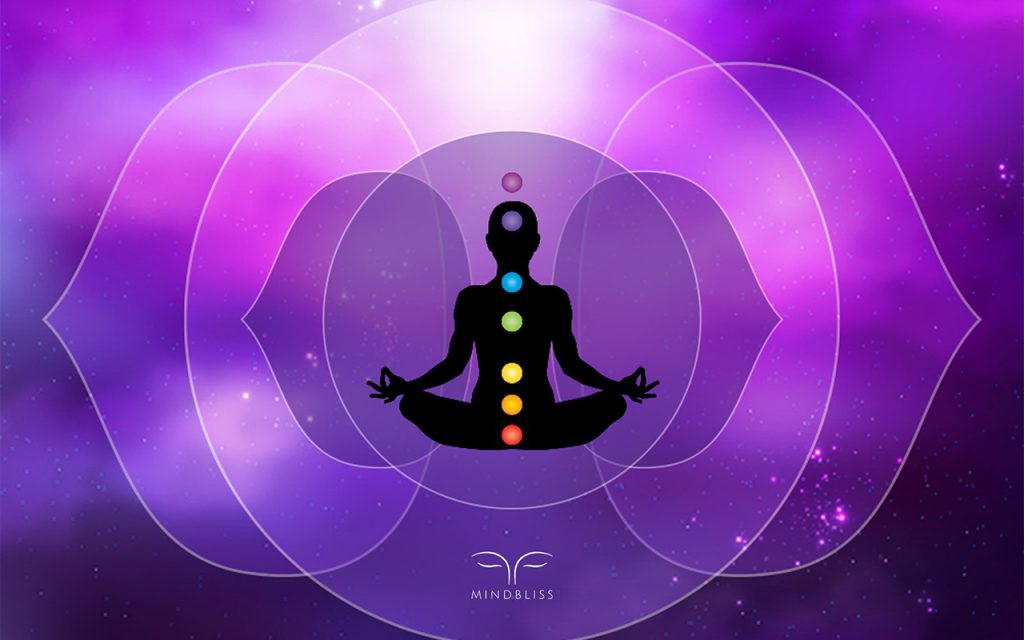
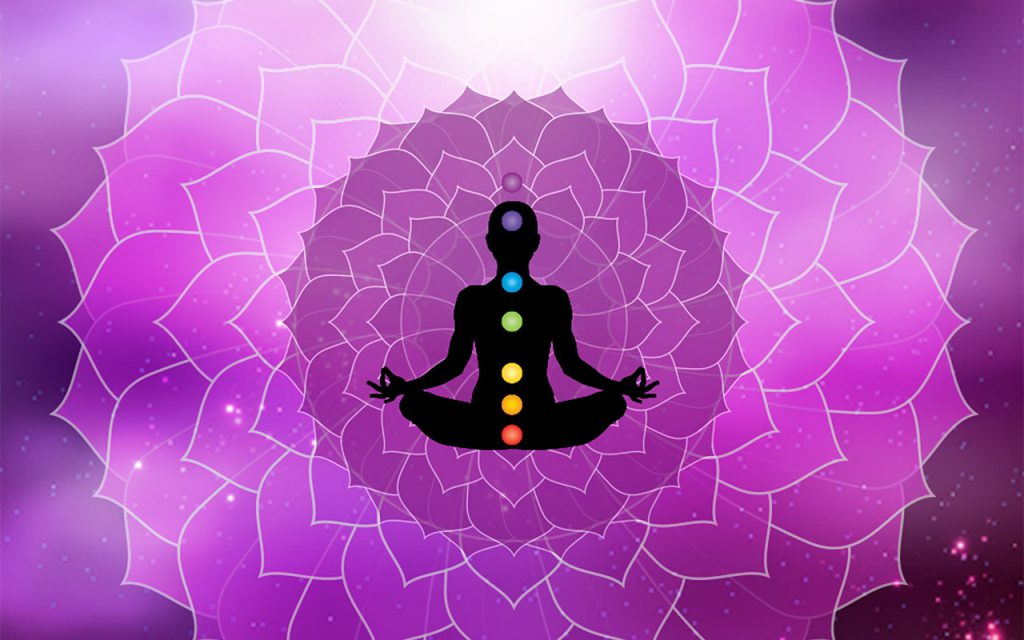
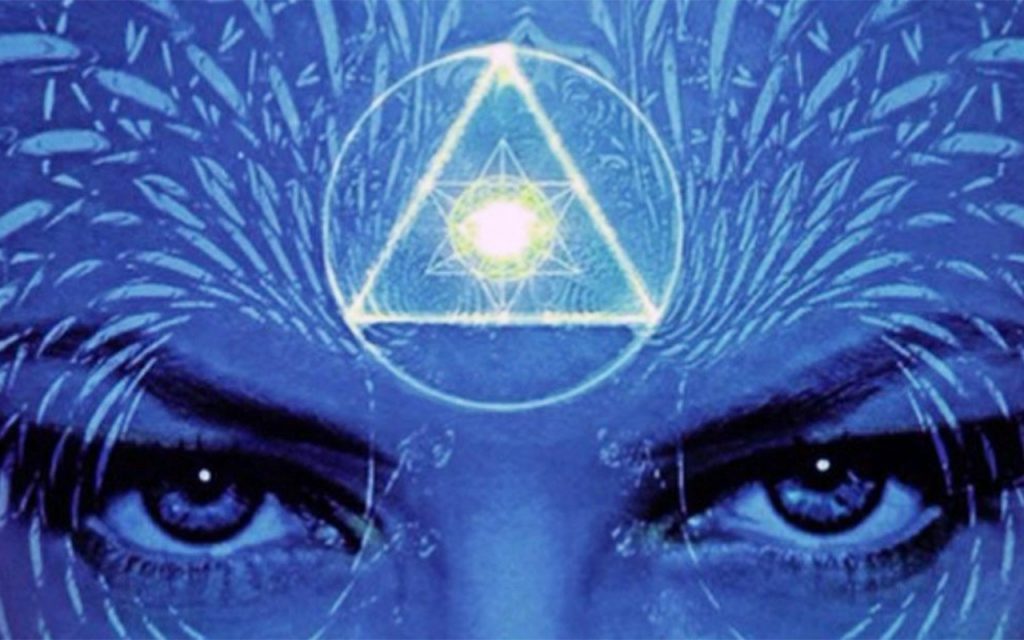
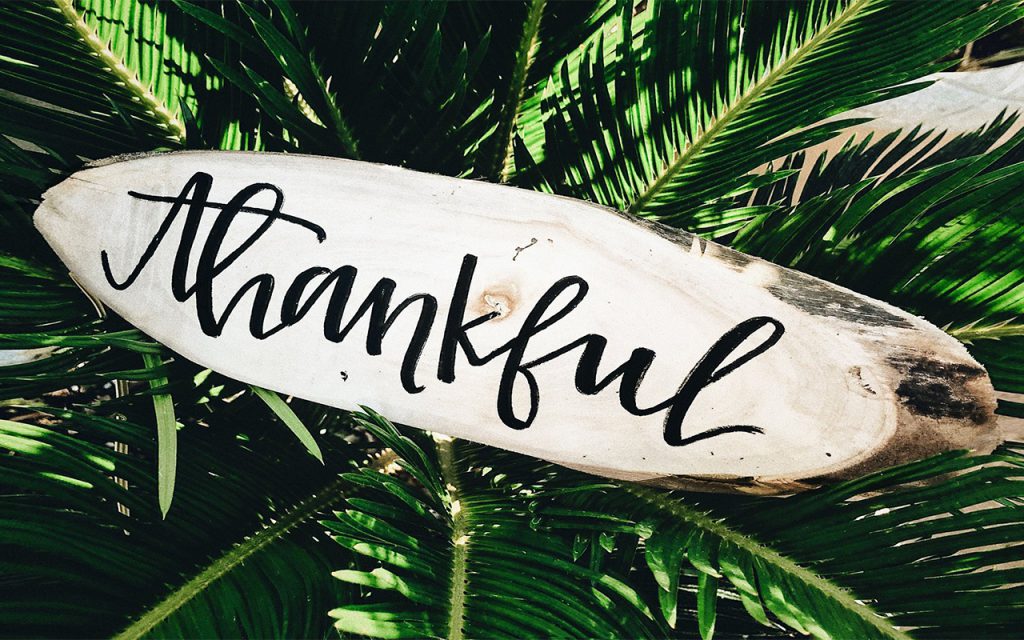
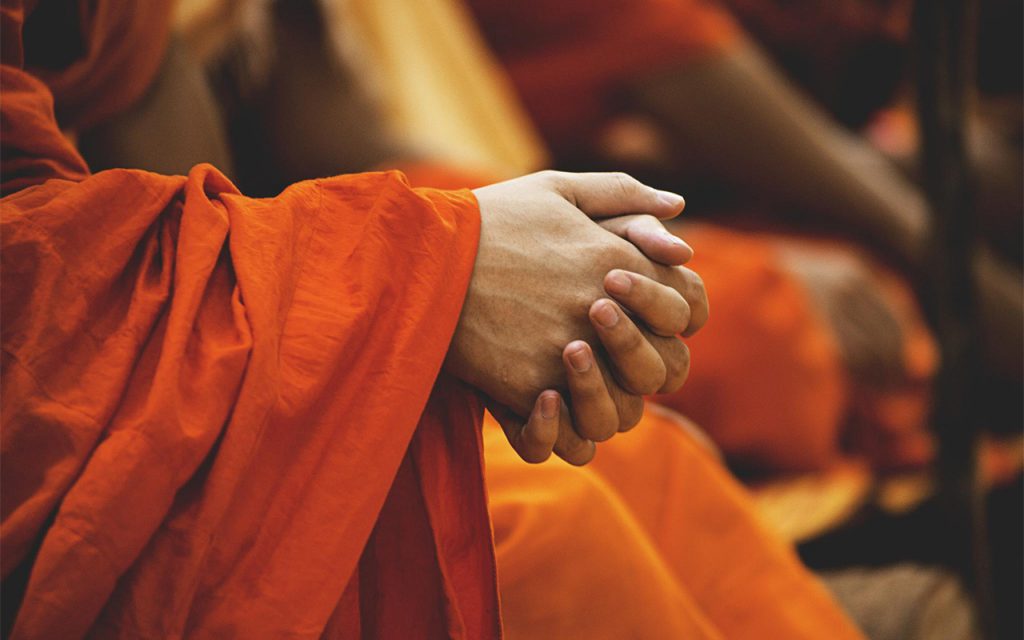

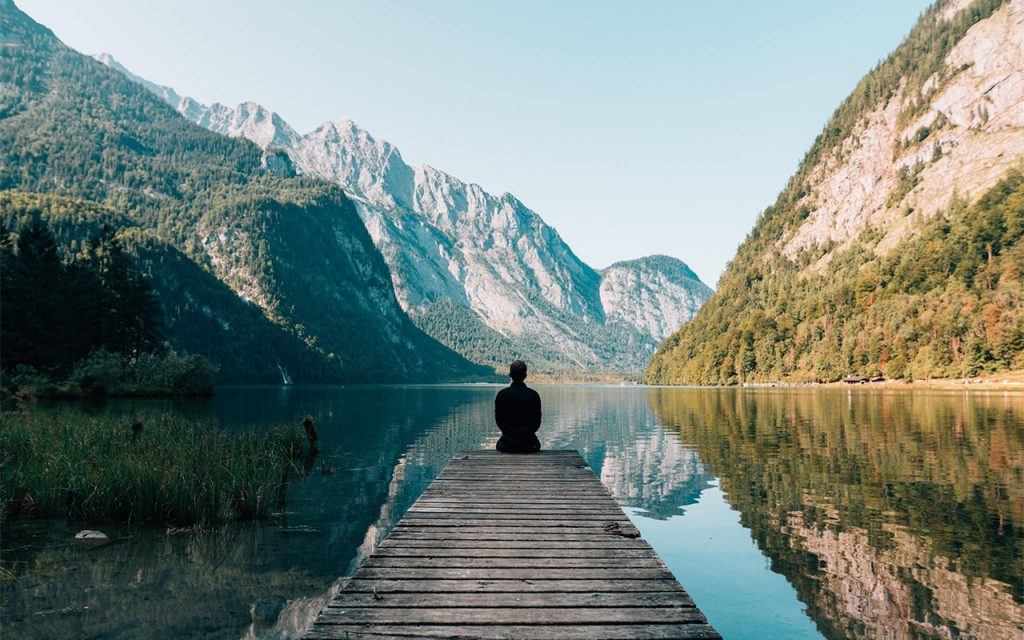









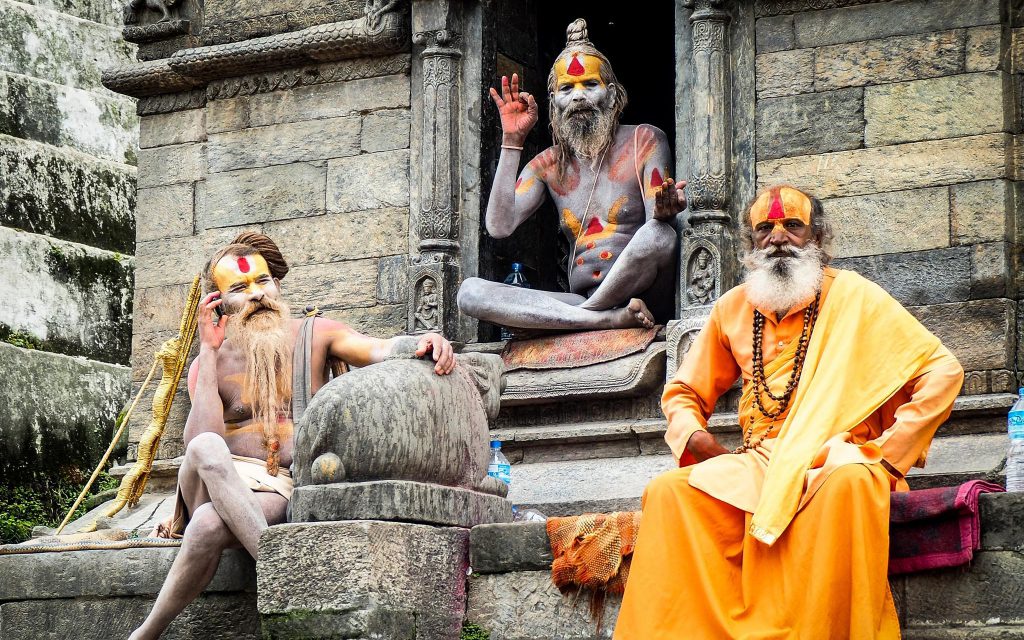




























Recent Comments